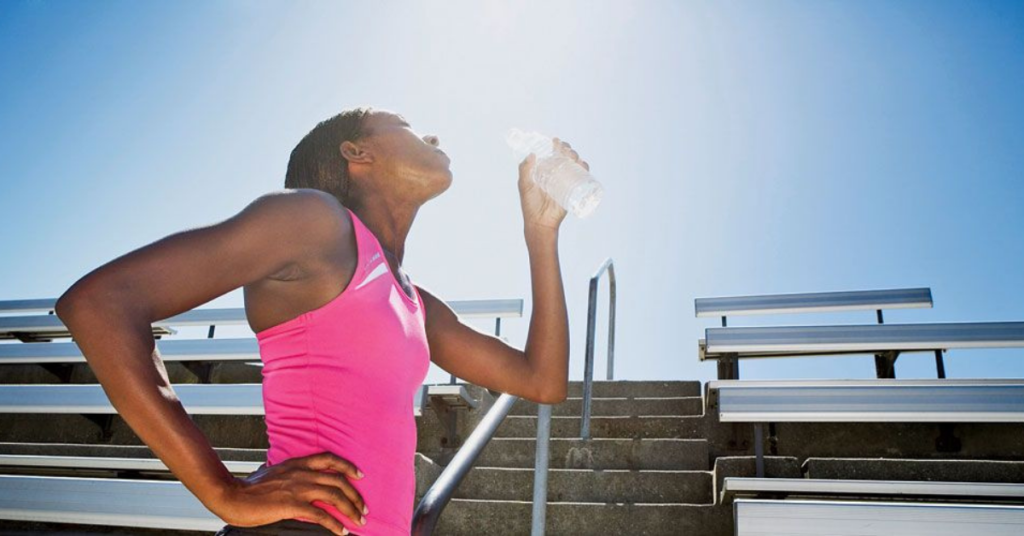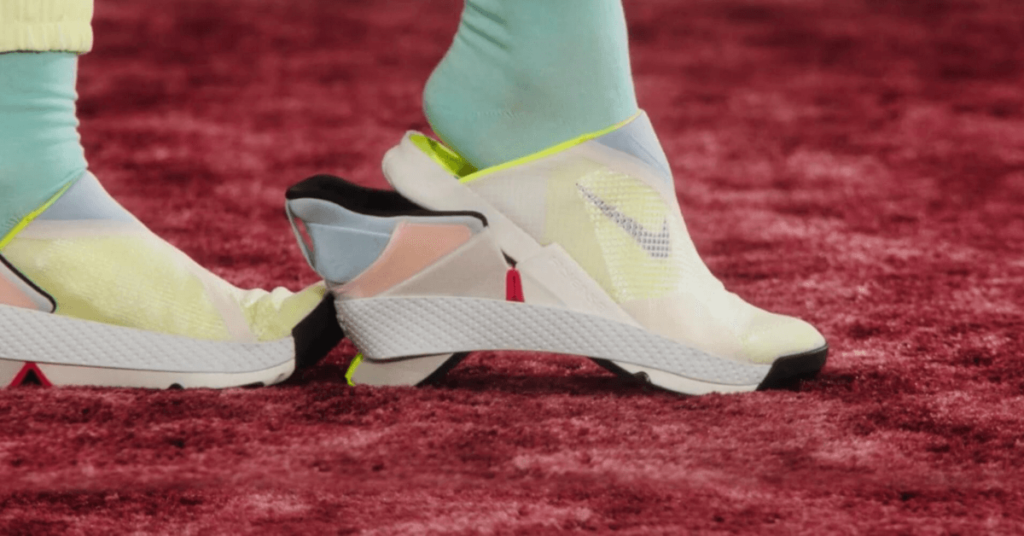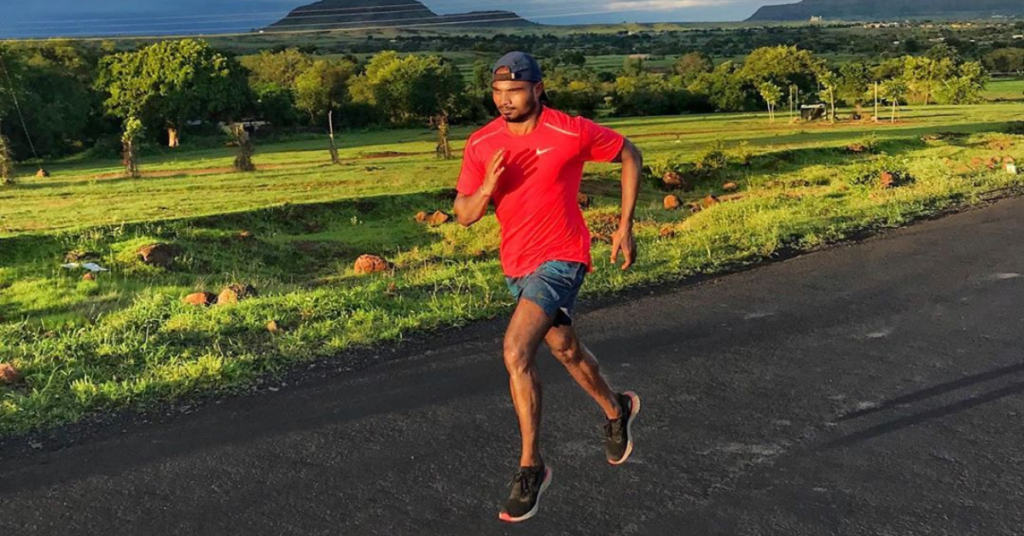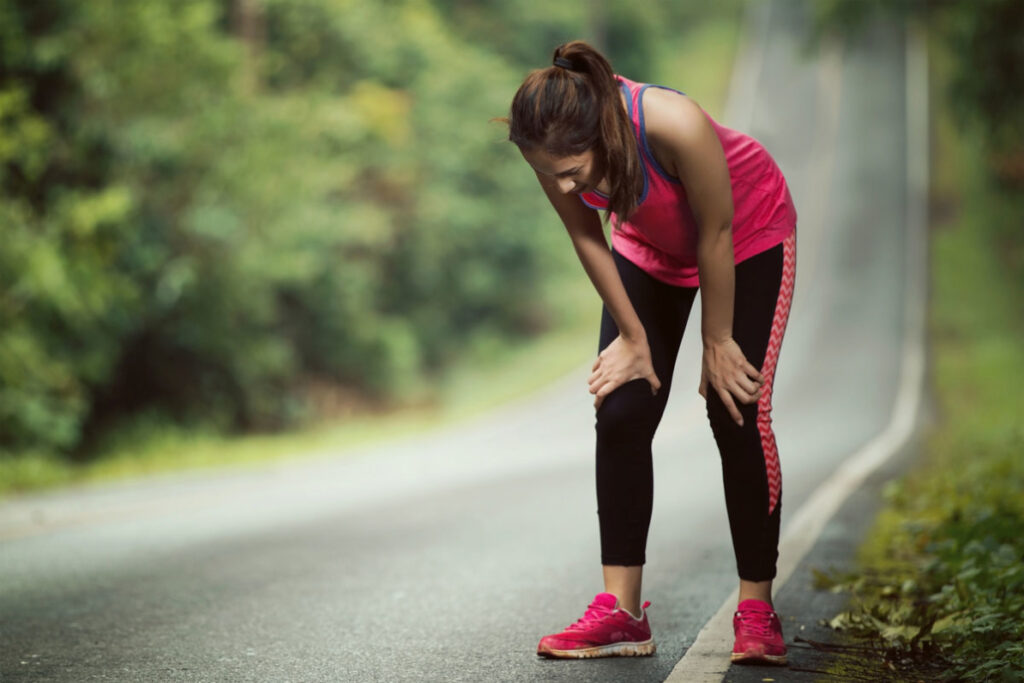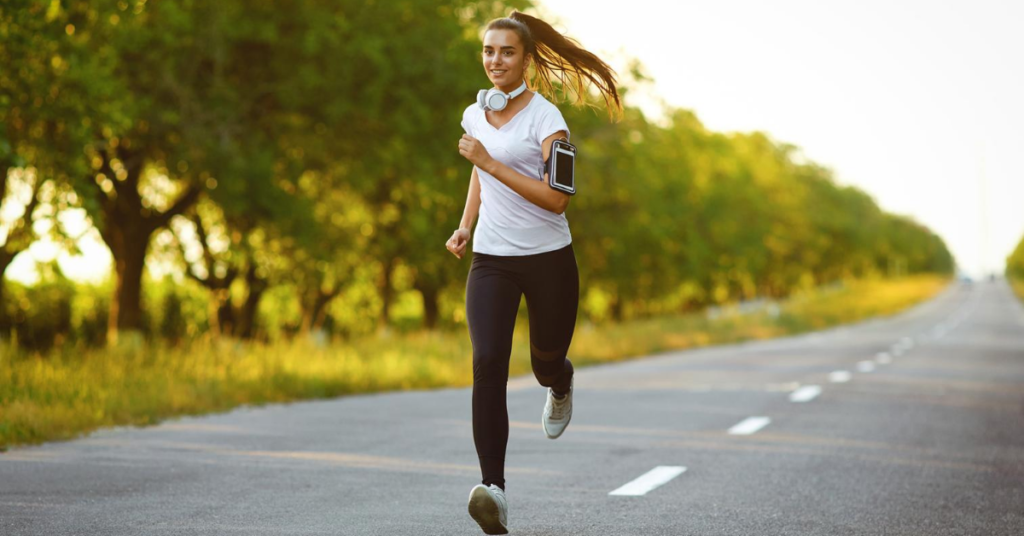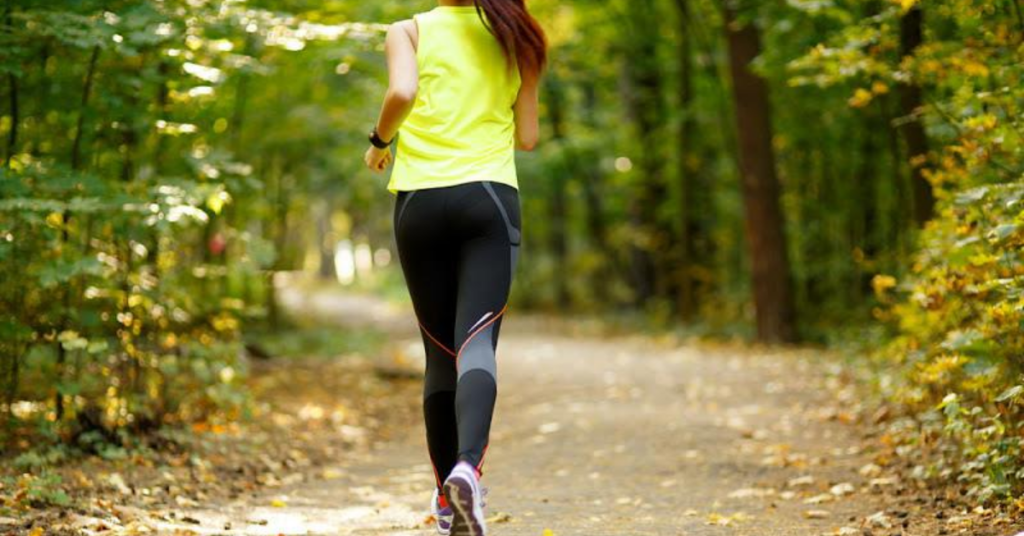Tips to Maximize Your Physical Health This Summer
Although last month was Men’s Health Month, there’s no better time like the present to check in on your physical health. No matter your age or activity level, it’s important to regularly visit your primary care doctor and alert them of any concerns. Having these conversations with your doctor will allow them to detect patterns that may be […]
Tips to Maximize Your Physical Health This Summer Read More »

